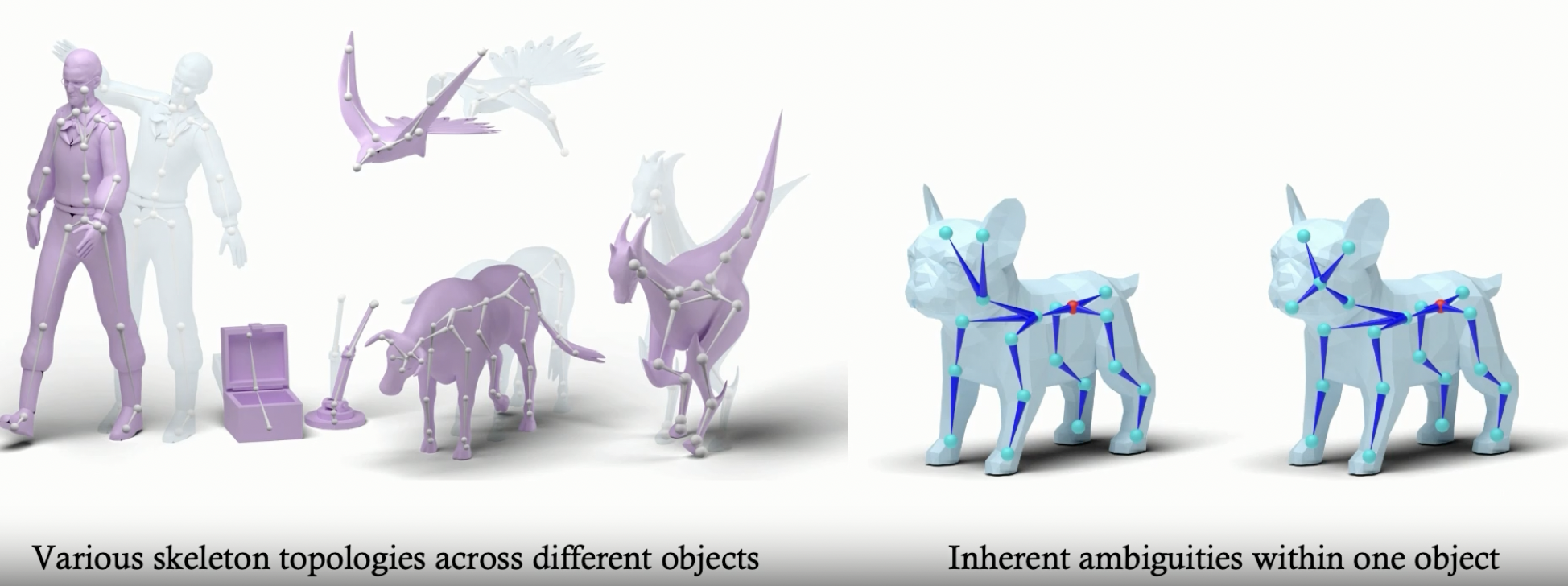BREAKING NEWS
LATEST POSTS
-
HDR and Color
https://www.soundandvision.com/content/nits-and-bits-hdr-and-color
In HD we often refer to the range of available colors as a color gamut. Such a color gamut is typically plotted on a two-dimensional diagram, called a CIE chart, as shown in at the top of this blog. Each color is characterized by its x/y coordinates.
Good enough for government work, perhaps. But for HDR, with its higher luminance levels and wider color, the gamut becomes three-dimensional.
For HDR the color gamut therefore becomes a characteristic we now call the color volume. It isn’t easy to show color volume on a two-dimensional medium like the printed page or a computer screen, but one method is shown below. As the luminance becomes higher, the picture eventually turns to white. As it becomes darker, it fades to black. The traditional color gamut shown on the CIE chart is simply a slice through this color volume at a selected luminance level, such as 50%.
Three different color volumes—we still refer to them as color gamuts though their third dimension is important—are currently the most significant. The first is BT.709 (sometimes referred to as Rec.709), the color gamut used for pre-UHD/HDR formats, including standard HD.
The largest is known as BT.2020; it encompasses (roughly) the range of colors visible to the human eye (though ET might find it insufficient!).
Between these two is the color gamut used in digital cinema, known as DCI-P3.
sRGB

D65

-
How the slow down in the Chinese economy will affect housing as much as high tech
edition.cnn.com/2019/01/03/perspectives/apple-china-warning/index.html
China’s economic vulnerability is based on its very unbalanced growth model. In other advanced economies such as the United States, spending by consumers contributes as much as two-thirds or more of overall GDP. In China, consumption has risen from 35% 10 years ago, but it is still not near 60% of GDP, indicating an unbalanced economy that places emphasis on exports and investment, both of which, in the long run, are not sustainable.
Investment in infrastructure and heavy construction (around the world) turbo-boosted China’s economy in 2008 and for the next five years, but it issued a tremendous amount of debt to support such growth. Currently, the debt-to-GDP ratio for China stands at an alarming 250% of GDP, an unsustainable number and one that presents formidable challenge to China’s economic policymakers.
In the months ahead, be prepared to witness continued deterioration of the Chinese economy. This will be reflected in declining asset values such as real estate and equity markets, distressed corporate balance sheets and corporate assets, increased capital flight as a result of a declining Yuan relative to the US dollar, and growing stress within China’s financial sector as non-performing loans accelerate within the banking sector.
FEATURED POSTS
-
RigAnything – Template-Free Autoregressive Rigging for Diverse 3D Assets
https://www.liuisabella.com/RigAnything
RigAnything was developed through a collaboration between UC San Diego, Adobe Research, and Hillbot Inc. It addresses one of 3D animation’s most persistent challenges: automatic rigging.
- Template-Free Autoregressive Rigging. A transformer-based model that sequentially generates skeletons without predefined templates, enabling automatic rigging across diverse 3D assets through probabilistic joint prediction and skinning weight assignment.
- Support Arbitrary Input Pose. Generates high-quality skeletons for shapes in any pose through online joint pose augmentation during training, eliminating the common rest-pose requirement of existing methods and enabling broader real-world applications.
- Fast Rigging Speed. Achieves 20x faster performance than existing template-based methods, completing rigging in under 2 seconds per shape.

-
Björn Ottosson – How software gets color wrong
https://bottosson.github.io/posts/colorwrong/
Most software around us today are decent at accurately displaying colors. Processing of colors is another story unfortunately, and is often done badly.
To understand what the problem is, let’s start with an example of three ways of blending green and magenta:
- Perceptual blend – A smooth transition using a model designed to mimic human perception of color. The blending is done so that the perceived brightness and color varies smoothly and evenly.
- Linear blend – A model for blending color based on how light behaves physically. This type of blending can occur in many ways naturally, for example when colors are blended together by focus blur in a camera or when viewing a pattern of two colors at a distance.
- sRGB blend – This is how colors would normally be blended in computer software, using sRGB to represent the colors.
Let’s look at some more examples of blending of colors, to see how these problems surface more practically. The examples use strong colors since then the differences are more pronounced. This is using the same three ways of blending colors as the first example.
Instead of making it as easy as possible to work with color, most software make it unnecessarily hard, by doing image processing with representations not designed for it. Approximating the physical behavior of light with linear RGB models is one easy thing to do, but more work is needed to create image representations tailored for image processing and human perception.
Also see:
-
Arminas Valunas – “Coca-Cola: Wherever you are.”
Arminas created this using Juggernaut Xl model and QR Code Monster SDXL ControlNet.
His pipeline:
Static Images – Forge UI.
Upscaled with Leonardo AI universal upscaler.
Animated with Runway ML and Minimax.
Video upscale – Topaz Video AI.
Composited in Adobe Premiere.
Juggernaut Xl download here:
https://civitai.com/models/133005/juggernaut-xl
QR Code Monster SDXL:
https://civitai.com/models/197247?modelVersionId=221829







